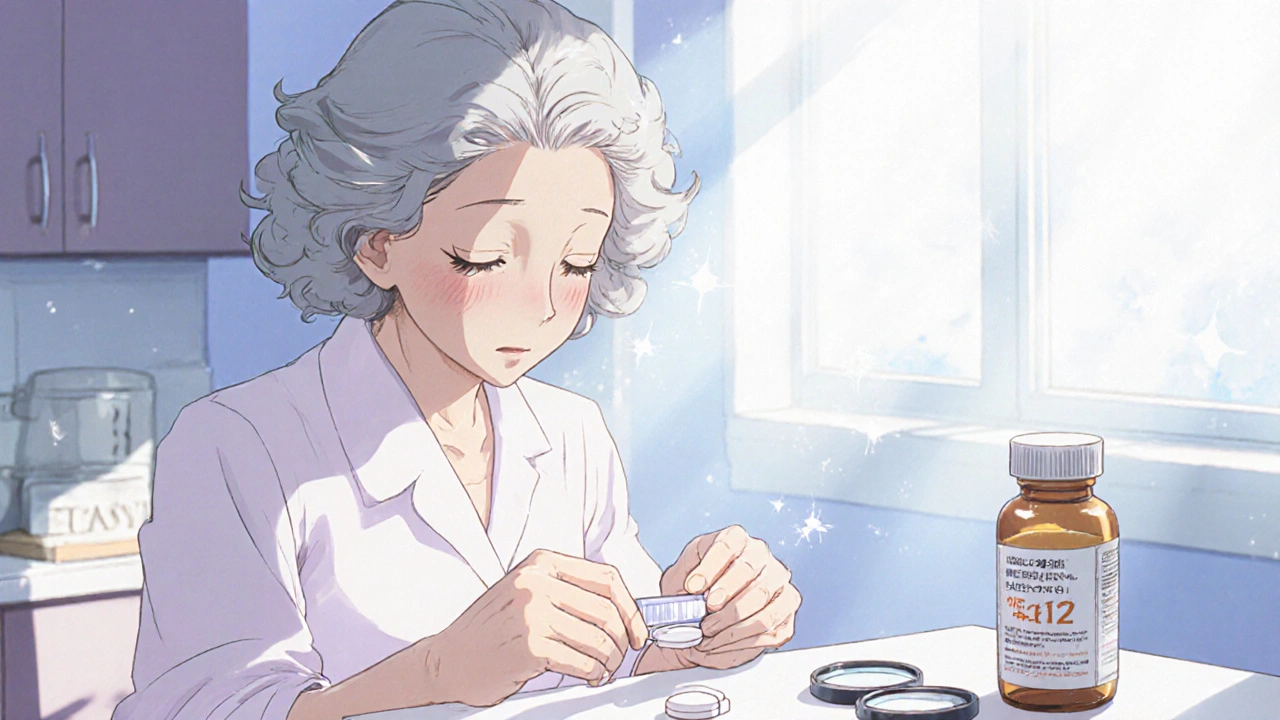Safe to Split Pills: What You Need to Know Before Cutting Your Medication
When you hear safe to split pills, the practice of dividing tablets or capsules to adjust dosage or save money. Also known as pill splitting, it’s a common habit—especially among people on long-term medications like blood pressure or cholesterol drugs. But what seems like a simple cost-cutting trick can backfire if done without knowing the risks. Not every pill is designed to be cut. Some have special coatings, time-release layers, or are too brittle to split evenly. Cutting them can destroy how the drug works—or even make it harmful.
For example, extended-release tablets, medications built to release slowly over hours like certain forms of metoprolol or oxycodone lose their timed delivery when split. That means you might get a dangerous spike in drug levels right after taking it. Then there’s enteric-coated pills, drugs with a shell that prevents them from dissolving in the stomach. Splitting these can cause stomach upset or ruin the drug’s absorption. And don’t assume that because a pill looks scored, it’s safe. Some scores are just for manufacturing, not for patient use.
Even if a pill is technically splittable, uneven splits mean uneven doses. One half might have 70% of the active ingredient, the other only 30%. That’s not just inaccurate—it’s risky, especially with narrow-therapeutic-index drugs like warfarin or levothyroxine. A small dose change can lead to blood clots, thyroid crashes, or worse. That’s why the pill identifier, a tool that helps match pills by shape, color, and imprint matters. It’s not just for finding unknown pills—it helps confirm whether the pill you’re holding is even meant to be split.
Some people split pills to save money. Others do it because their doctor prescribed a dose that isn’t available in a lower strength. Both reasons are understandable. But the real question isn’t whether you can split it—it’s whether you should. Always talk to your pharmacist or doctor first. They can tell you if your specific pill is safe to split, suggest alternatives like lower-strength tablets, or even recommend a pill cutter that ensures accuracy. And if you’re switching from brand to generic, remember: even if the brand pill was safe to split, the generic version might not be. Chemistry may be the same, but the binder and coating? Not always.
There’s also the psychological side. If you’ve been told a pill works better as a brand name, splitting it might trigger the nocebo effect, when expectations cause real side effects. You might feel dizzy, nauseous, or anxious—not because the drug changed, but because you think it did. That’s why knowing what you’re doing matters as much as the pill itself.
Below, you’ll find real cases and expert insights on when splitting pills helps—and when it puts you at risk. From drug interactions that turn a simple cut into a danger zone, to how generics behave differently than brands, these posts give you the facts you need to make smart choices—not guesses.
